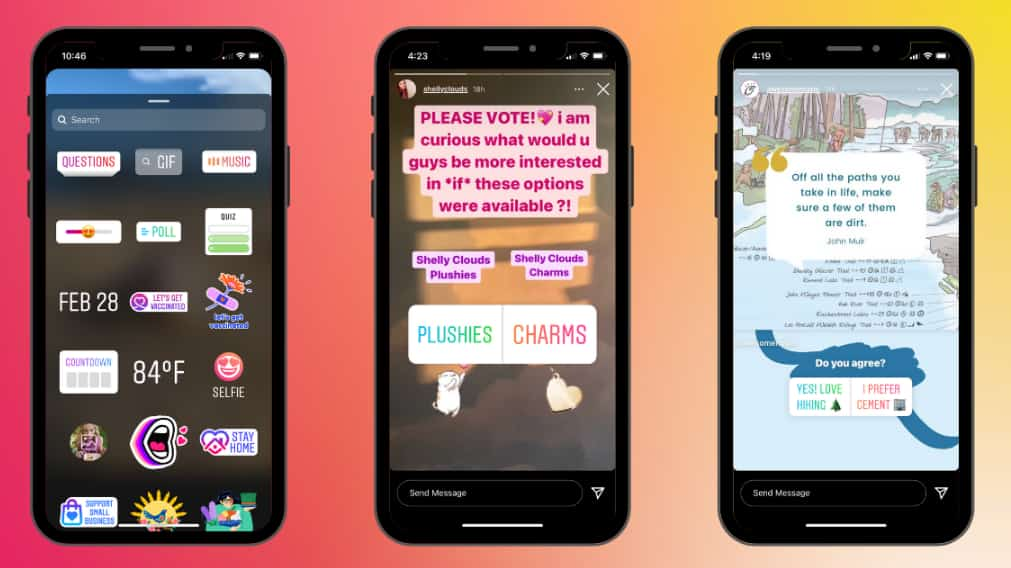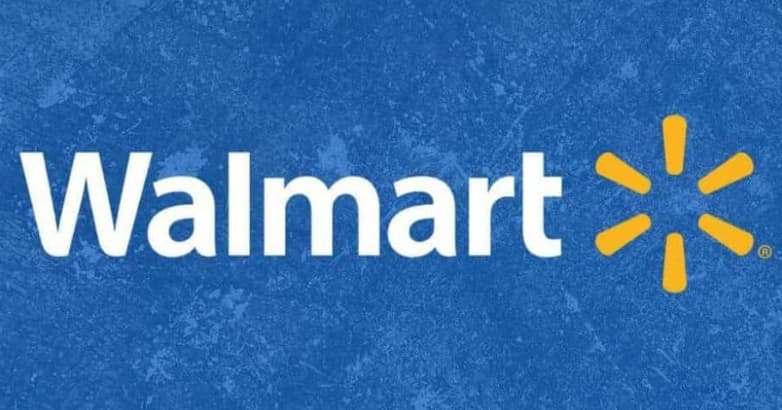In today’s digital age, having access to reliable communication services is no longer a luxury; it’s a necessity. Imagine trying to navigate daily life without a phone or internet connection—applying for jobs, staying in touch with loved ones, or even calling for help in an emergency would be incredibly challenging.
For millions of low-income Americans, this is a stark reality. Fortunately, the federal Lifeline program offers a lifeline, providing discounted phone and internet services to eligible individuals and families.
The Impact of Communication Access: Exploring the Significance of Lifeline Programs

In this article, we’ll dive deep into the Lifeline program, exploring its benefits, eligibility requirements, application process, and the profound impact it has on the lives of those it serves.
Key Takeaways
- Lifeline is a crucial federal program that offers discounted communication services to low-income individuals and families.
- Having access to reliable phone and internet services can greatly improve one’s ability to find and maintain employment, access emergency services, and enhance overall quality of life.
- Eligibility for Lifeline is generally based on income level or participation in certain government assistance programs.
Understanding the Lifeline Program and Its Benefits
The Lifeline program is like a helping hand extended to those who need it most. It recognizes that in our modern world, having a phone or internet connection is as essential as having electricity or running water. By providing discounted communication services to low-income individuals and families, Lifeline aims to ensure that no one is left behind in the digital age.
But Lifeline is about more than just having a way to chat with friends and family. It’s about opening doors to opportunities that might otherwise remain closed. With Lifeline, participants have a better chance at:
- Finding and keeping a job
- Accessing healthcare and emergency services
- Engaging in online education and training programs
- Connecting with essential online resources and services
In many cases, Lifeline is the difference between being isolated and being an active participant in the broader community.
Making Connections: How Lifeline Aids in Job Searches and Employment
In today’s job market, having a reliable phone number and internet access is essential. Think about it: most job applications are submitted online, interviews are often conducted over the phone or via video chat, and employers expect to be able to reach potential hires quickly. Without Lifeline, many low-income job seekers would be at a severe disadvantage.
But Lifeline’s impact on employment doesn’t stop there. Many jobs now require basic digital literacy skills, and a lot of job training and professional development happens online. With Lifeline in Michigan, participants have the tools they need to build their skills, make themselves more competitive job applicants, and ultimately, break the cycle of poverty.
Health and Safety: Emergency Services and Lifeline
Imagine having a medical emergency but no way to call for help. For many low-income individuals and families, this is a terrifying possibility. Lifeline helps to alleviate this fear by ensuring that participants always have a way to reach emergency services.
But Lifeline’s impact on health goes beyond emergencies. Many healthcare providers now use phone and text messaging to communicate with patients about appointments, test results, and treatment plans. For those managing chronic health conditions, this kind of regular communication can be lifesaving.
A Closer Look at Eligibility Requirements for Lifeline Programs
So, who exactly is eligible for Lifeline? The program primarily uses income level and participation in other government assistance programs to determine eligibility.
Generally, individuals and families whose income is at or below 135% of the Federal Poverty Guidelines may qualify for Lifeline. Here’s what that looks like:
| Household Size | 135% of Federal Poverty Guidelines (Annual Income) |
|---|---|
| 1 | $18,347 |
| 2 | $24,719 |
| 3 | $31,091 |
| 4 | $37,463 |
Participation in certain assistance programs can also make one eligible for Lifeline, regardless of income. These programs include:
- Medicaid
- Supplemental Nutrition Assistance Program (SNAP)
- Supplemental Security Income (SSI)
- Federal Public Housing Assistance
- Veterans Pension and Survivors Benefit
To make the eligibility verification process smoother, the Federal Communications Commission (FCC) has set up a centralized system called the National Verifier. This one-stop portal allows users to check their eligibility for Lifeline quickly and easily.
The Application Process for Lifeline Services
So, you’ve determined that you’re eligible for Lifeline. What’s next? The application process is designed to be as straightforward as possible.
Here’s a basic overview:
- Gather proof of eligibility (e.g., tax return, benefits card)
- Submit an application online, by mail, or through a participating service provider
- Wait for approval
- Choose a participating service provider and enroll in their Lifeline program
- Verify continued eligibility and recertify annually
While there are a few steps involved, the process is generally user-friendly. The goal is to ensure that those who need Lifeline can access its benefits without jumping through too many hoops.
The Role of Service Providers in Lifeline Accessibility
Service providers are the unsung heroes of the Lifeline program. These are the telecom companies that opt to participate in Lifeline and offer discounted services to eligible customers.
Without these providers, Lifeline simply couldn’t function. They are the bridge between the policy and the practical help it provides. By participating in Lifeline, these companies demonstrate a commitment to digital equity and to serving their communities.
When choosing a Lifeline service provider, it’s important to consider factors like network reliability and customer service. After all, having a phone or internet connection is only helpful if it works when you need it to.
Educational Advantages: Lifeline’s Impact on Learning and Literacy
In the wake of the COVID-19 pandemic, the importance of internet access for education has never been clearer. With many schools shifting to online or hybrid learning models, students without reliable internet at home are at a significant disadvantage.
Lifeline helps to level the playing field by ensuring that low-income students can participate in online classes, access educational resources, and complete homework assignments. This is particularly crucial for students in rural or underserved areas, where physical access to educational resources may be limited.
But Lifeline’s educational impact extends beyond the K-12 years. For adults looking to further their education or acquire new job skills, online courses, and training programs are often the most accessible and flexible option. With Lifeline, these opportunities are open to a much wider range of individuals.
Economic Ripple Effects of Expanding Communication Access
The benefits of Lifeline extend far beyond the individual participants. When low-income individuals and families have access to reliable communication services, it can have a ripple effect on the entire community.
Think about it: when people can find and keep stable employment, they have more money to spend in their local economy. This increased spending power can stimulate business growth and job creation, leading to a more robust and resilient community overall.
Moreover, when people have the tools to manage their health, pursue education, and connect with resources, they are more likely to thrive. And when individuals thrive, so do the communities they call home.
Digital Inclusion: Bridging the Connectivity Divide
At its core, Lifeline is about digital inclusion. It’s about recognizing that access to communication technology is not a luxury but a necessity in the modern world.
The “digital divide” between those who have ready access to computers and the internet and those who do not is a glaring inequity in our society. Lifeline is one tool in the fight to bridge this divide.
By ensuring that low-income individuals and families can afford basic phone and internet services, Lifeline helps to create a higher level of digital playing field. It opens up opportunities that may have previously been out of reach, giving participants a better chance to engage fully in the digital world.
Towards the Future: Sustainability and Expansion of Lifeline Services
As the digital landscape continues to evolve, so too must Lifeline. To remain effective, the program needs to continuously adapt to new technologies and changing communication needs.
This requires ongoing commitment from policymakers, service providers, and advocates. It means regularly assessing the program’s impact, identifying areas for improvement, and adjusting courses as needed.
It also means considering ways to expand Lifeline’s reach. While the program currently helps millions of Americans, there are still many more who could benefit from its services. Extending eligibility, increasing awareness, and streamlining the application process are all potential avenues for making Lifeline accessible to more people in need.
Global Perspectives: Comparing US Lifeline with International Efforts
The US isn’t the only country grappling with digital equity. Around the world, various initiatives aim to make communication services more accessible to low-income and marginalized populations.
Comparing Lifeline to these international programs can yield valuable insights. What strategies are working well elsewhere? What challenges are other countries facing? How can we learn from and support each other in the global fight for digital inclusion?
By taking a global perspective, we can strengthen Lifeline and other digital equity initiatives worldwide.
Community Voices: Testimonials on the Impact of Lifeline
Statistics and policy analysis are important, but they don’t tell the whole story of Lifeline’s impact. To truly understand the program’s value, we need to hear from the people it serves.
Each Lifeline participant has a unique story to tell. For some, the program has meant being able to call for help in a medical emergency. For others, it has meant being able to apply for and secure a job that lifted their family out of poverty. For students, it has meant being able to keep up with their studies during a pandemic.
These individual stories paint a powerful picture of the real, tangible difference Lifeline makes in people’s lives.
The Role of Policy in Shaping the Future of Lifeline Programs
Ultimately, the future of Lifeline rests in the hands of policymakers. It is up to our elected officials and regulatory bodies to ensure that the program continues to effectively serve those who need it most.
This means crafting policies that are responsive to the changing digital landscape. It means allocating sufficient funding to keep Lifeline viable. It means working to raise awareness of the program and its benefits.
It also means being proactive in identifying and addressing any shortcomings or inefficiencies in the program. Regular audits, data collection, and stakeholder feedback can all help to ensure that Lifeline remains effective and accountable.
With thoughtful, proactive policymaking, Lifeline can continue to be a lifeline for low-income Americans well into the future.
Conclusion
In an increasingly digital world, programs like Lifeline are more important than ever. By providing discounted phone and internet services to low-income individuals and families, Lifeline helps to ensure that everyone has the opportunity to participate fully in the modern world.
Whether it’s applying for a job, accessing healthcare, pursuing education, or simply staying connected with loved ones, Lifeline opens doors that might otherwise remain closed. It’s a crucial tool in the fight against digital inequity, and its impact ripples out to benefit entire communities.
As we move forward, we must continue to support and strengthen Lifeline. This means adapting to new technologies, expanding access, and ensuring that the program remains responsive to the needs of those it serves.
It also means recognizing that while Lifeline is an important piece of the puzzle, it’s not the whole solution. Achieving true digital equity will require a concerted effort from policymakers, service providers, advocates, and communities.
But with programs like Lifeline leading the way, a more digitally inclusive future is within reach. By ensuring that everyone has access to the tools they need to thrive in the digital age, we can build a society that is more connected, more equitable, and more prosperous for all.



